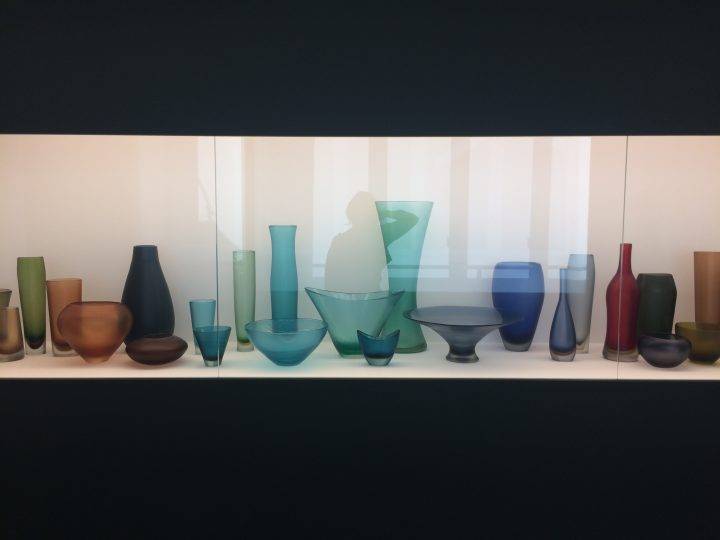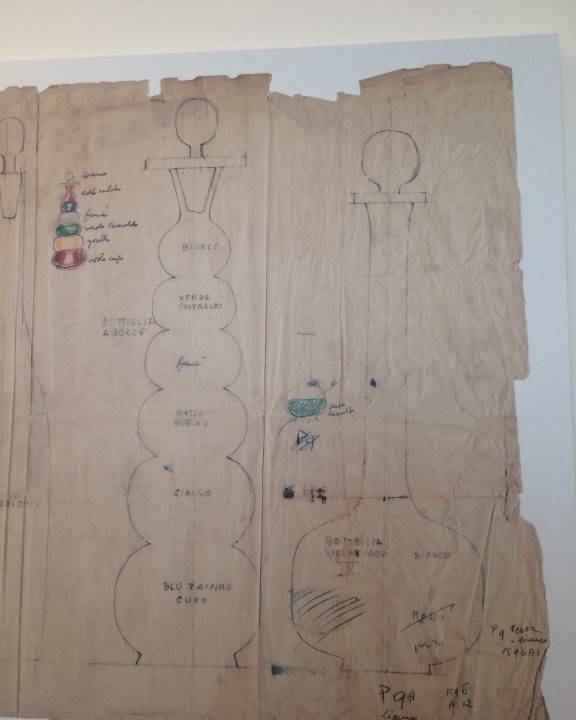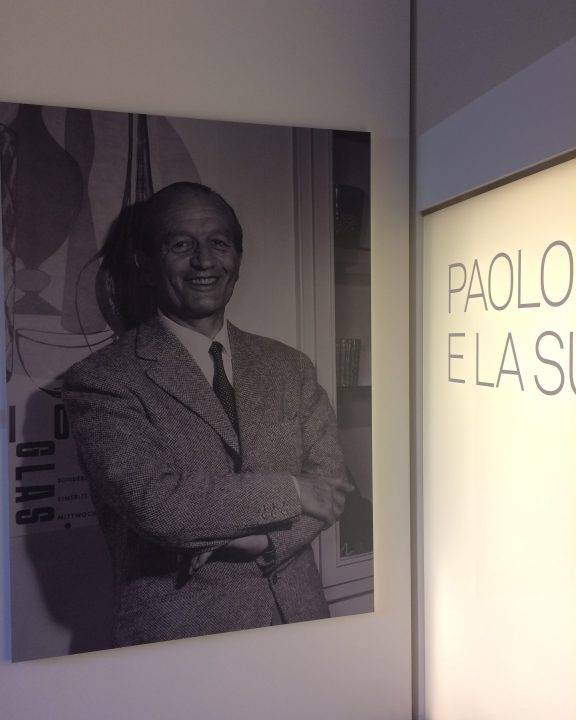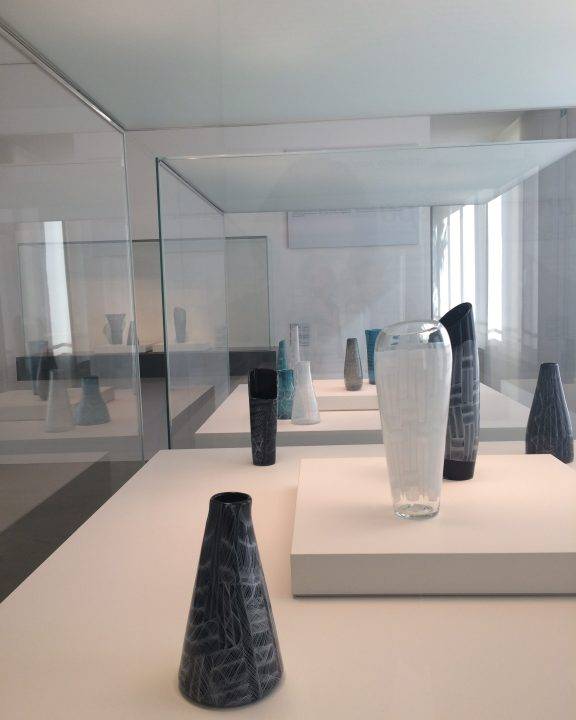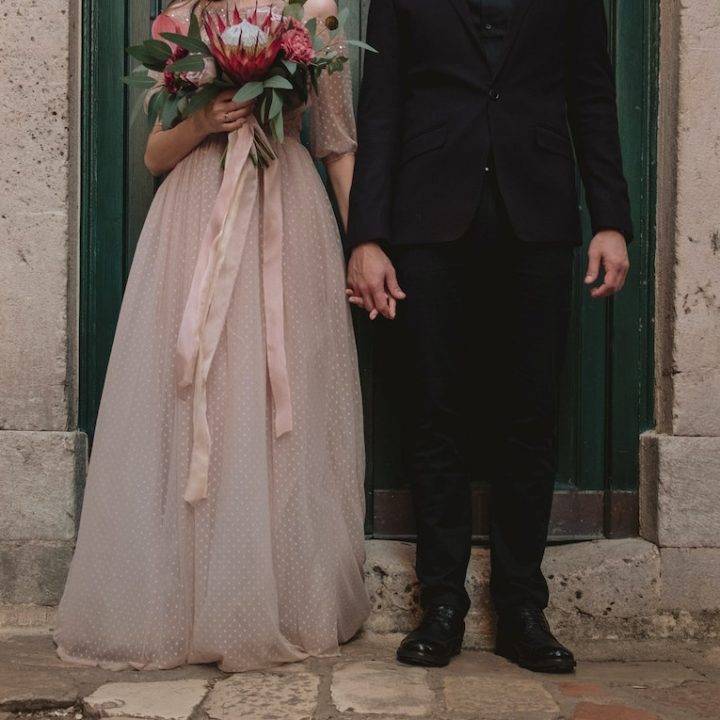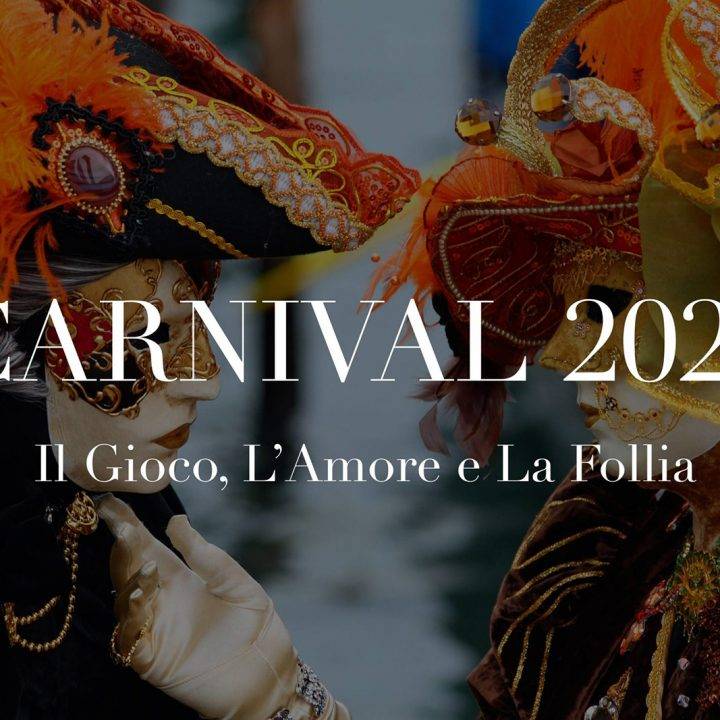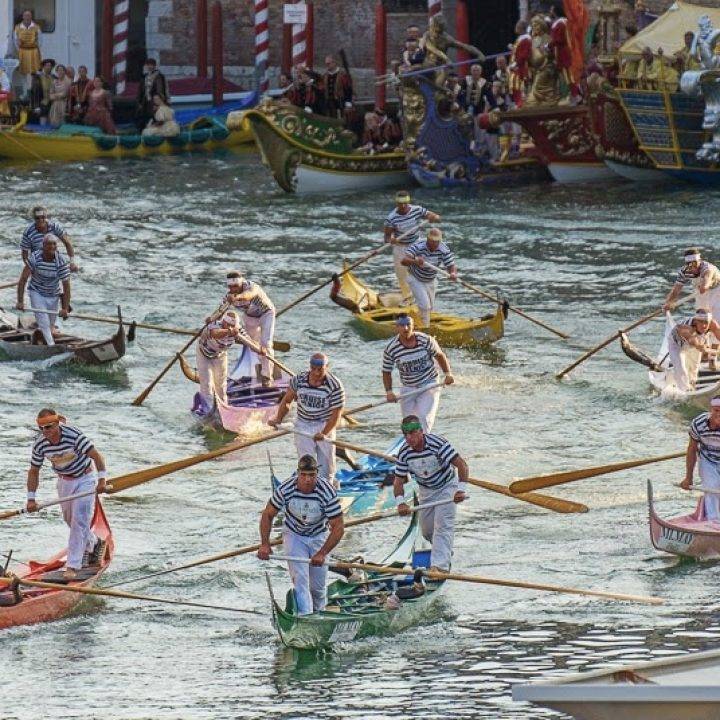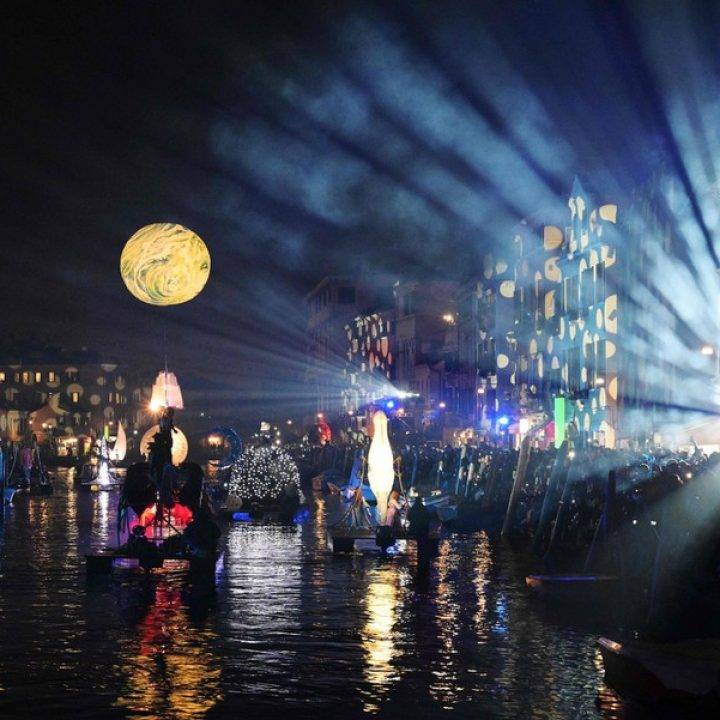As with many ancient practices there can come a point when a leap needs to be made to keep up with the ever changing style and demands, particularly in design. Typically for this jump to take place, you need a ‘catalyst’ who sees ancient ideas in a new light and idealy has the charisma to encourage others. Paolo Venini in many senses can be accredited for being this catalyst in the world of Glass.
Venini (namesake for our Venini Apartment) took the Murano tradition of glass blowing and saw the opportunity to make connections with various designer friends, something that had previously been done in the French fashion industry. Through their novel approaches, unhindered by traditional training, they broke away from the Novecento style based on ancient Roman designs found in oil paintings. Venini employed architects and designers such as Carlo Scarpa and Fulvio Bianconi, who together helped not only move glass into the 20th Century, but also altered the way in which glass was appreciated by the public. After their collaborations glass works started to appear more and more in galleries as art works in their own right. This is in contrast to previously when the glass was produced predominantly for private clients, and had a functionality. In this way one can see the power of aesthetic pleasure which surpassed the need for function, and encouraged even more elaborate designs. Venini, himself was a constant font of new and creative ideas, which is undoubtedly why he was never short of artistic acquaintances. The progression of his works and thoughts can be seen in this beautifully curated exhibition on the Island of San Giorgio-
Upon entering the exhibition it is worth taking the time to read all the explanations attached to pieces. Otherwise it is all too easy to appreciate the works on simply an aesthetic level, but remain oblivious to just how much work goes into each stage. Once you have read about the skill required and ingenuity in each and every stage, you begin to admire the collection with even greater respect, in a ‘new light’. What I found particularly pleasing, was to see the original drawings made by Vernini. Including the crossings-out, corrections and final results. This somehow makes him more human and more admirable for this. It gives a better idea into his thinking processes and just how innovative they were at the time.
The Island of San Giorgio can be reached by vaporetto line 2. A unique space for tranquility in its own right, it is worth taking the time to visit without the excuse of this exhibition. However, with this added insentive it is a nice idea to go hear in the afternoon and climb the bell tower in time for sunset.(Check times here) There is also a hidden library, breathtaking church and peaceful monastery that is possible to visit upon booking.

